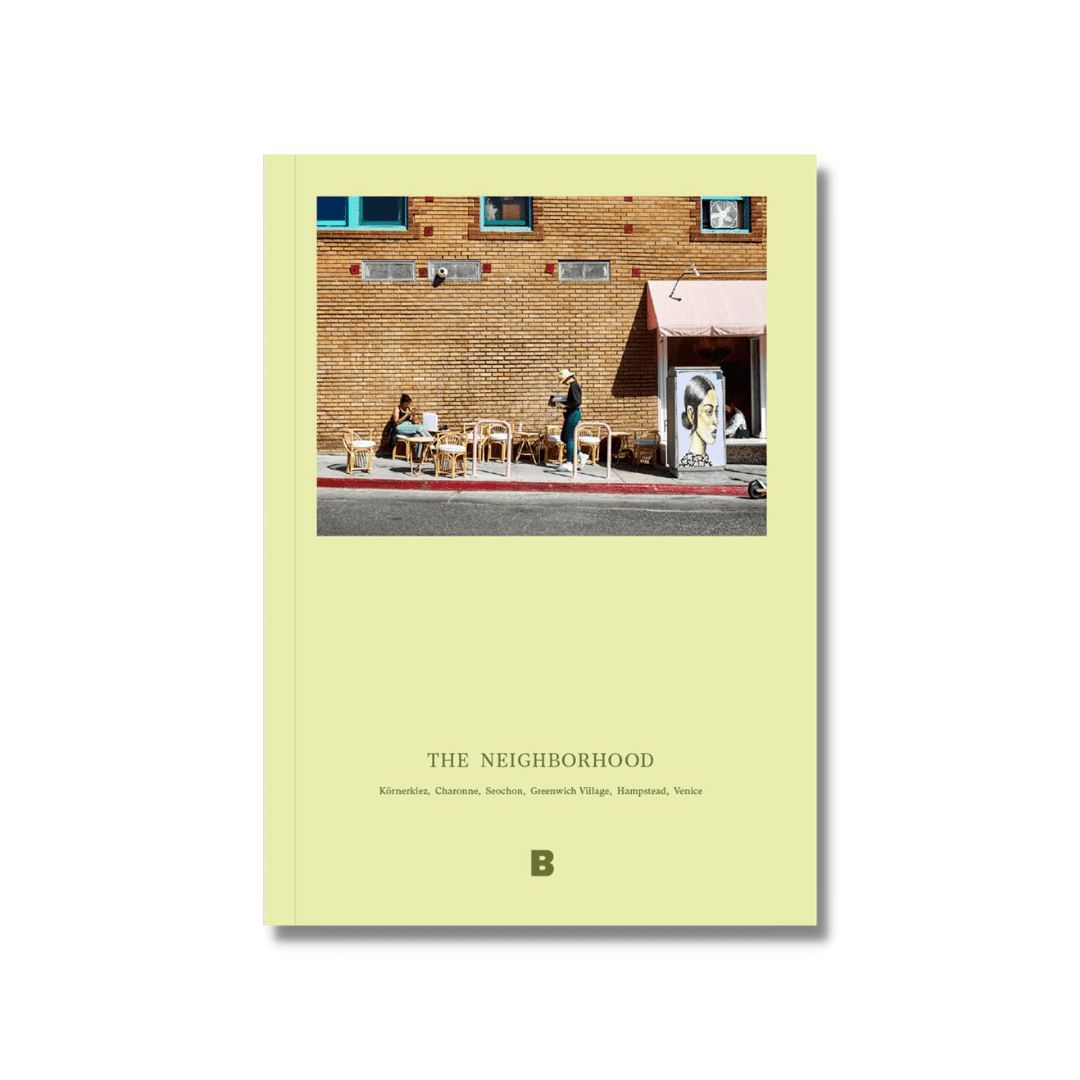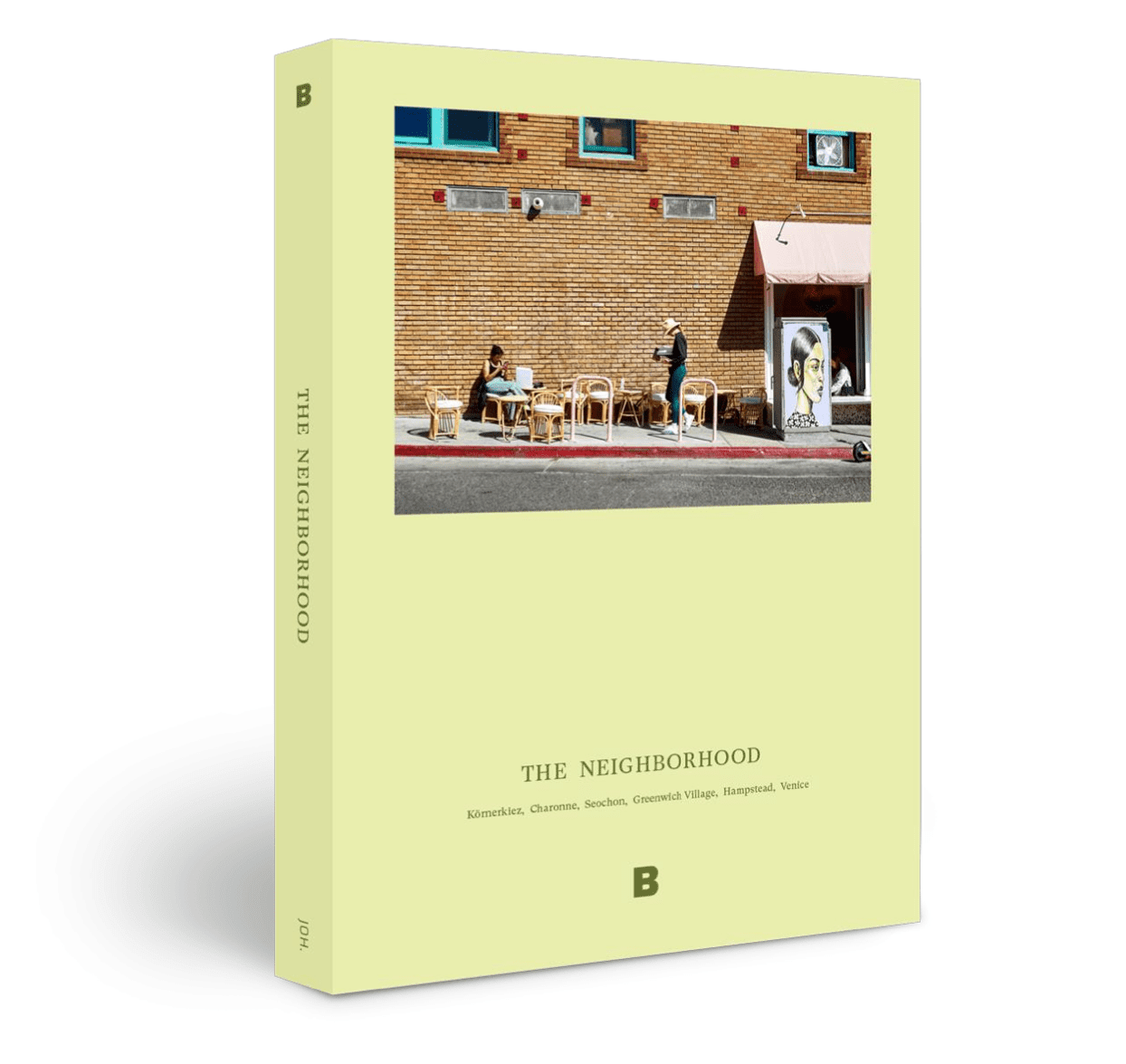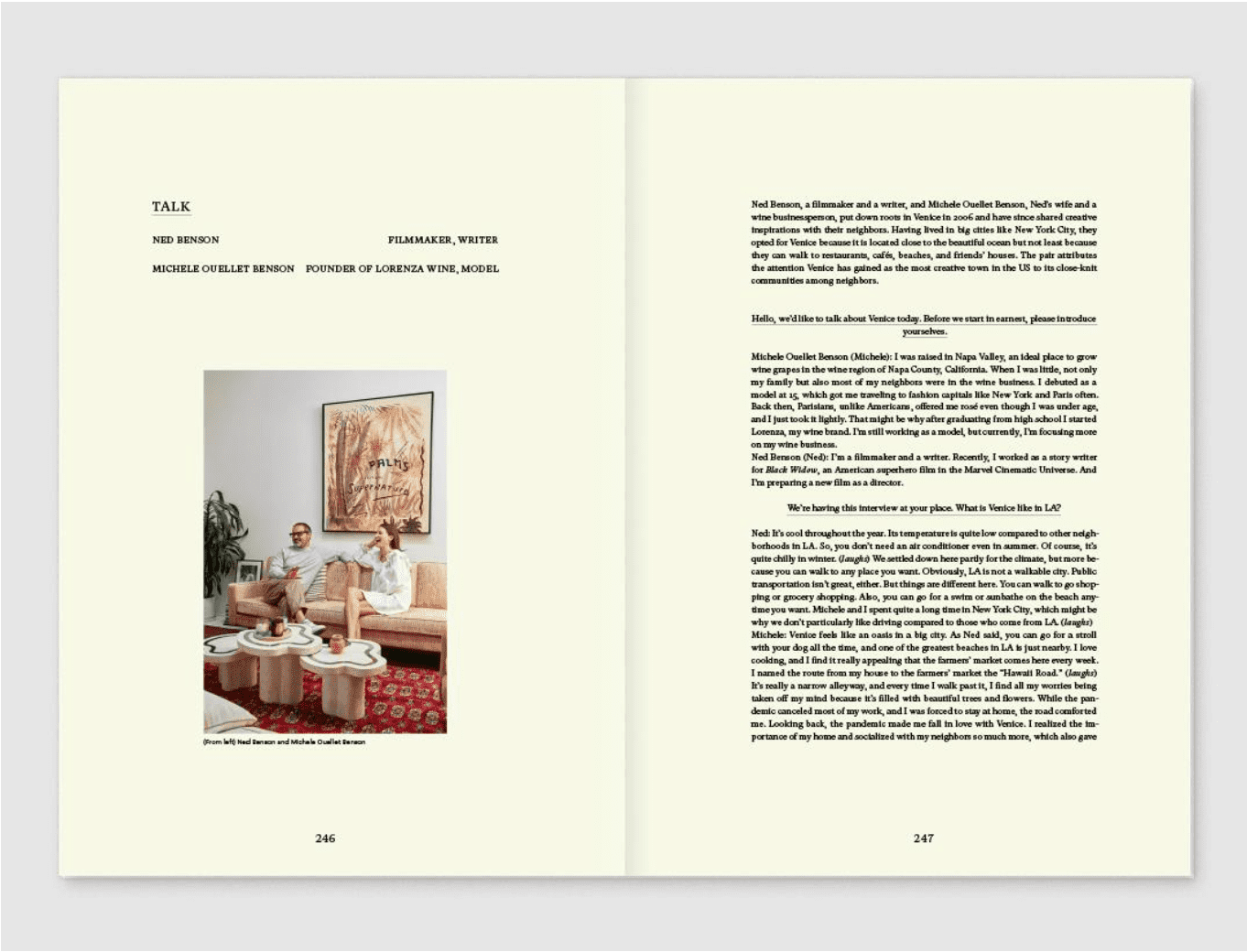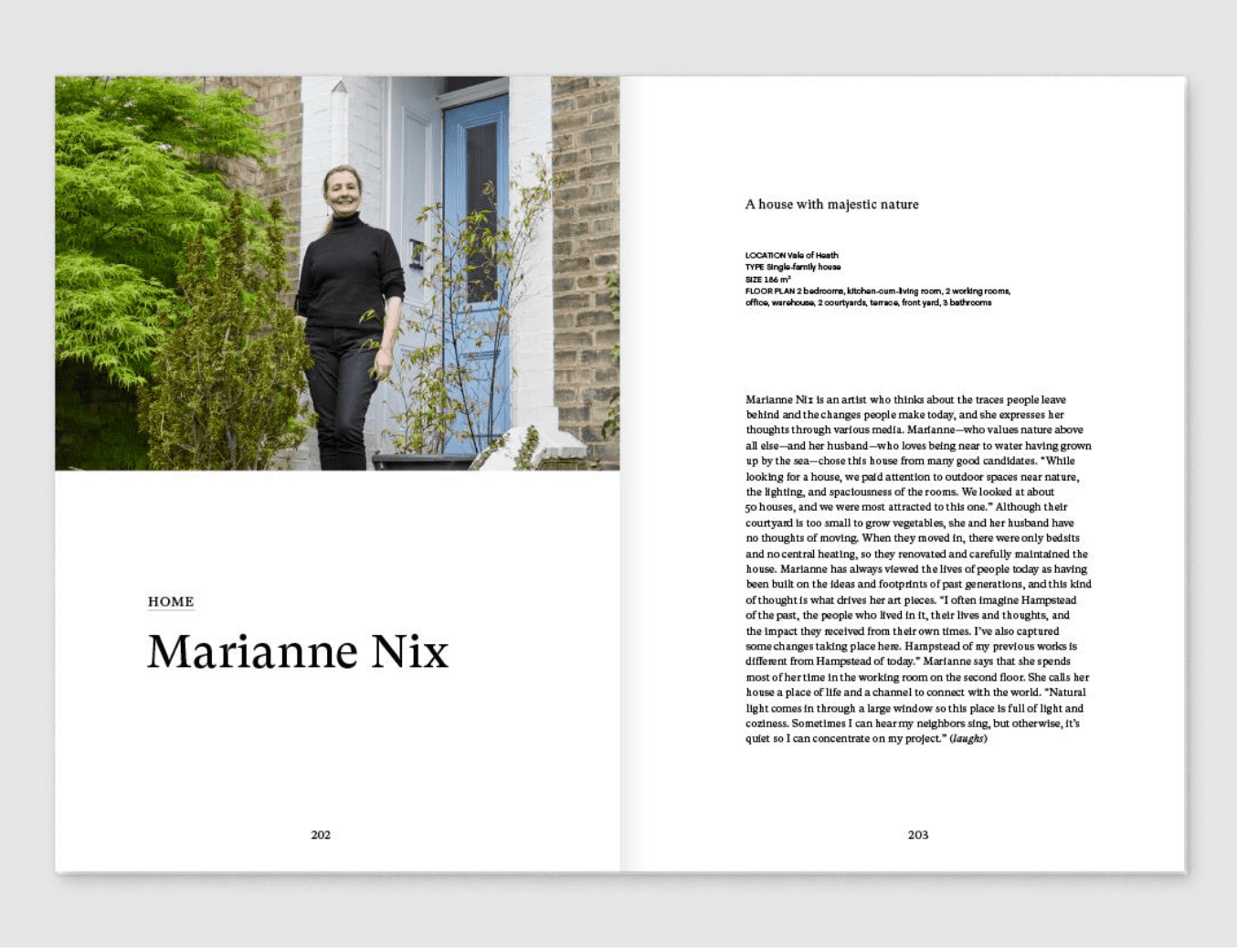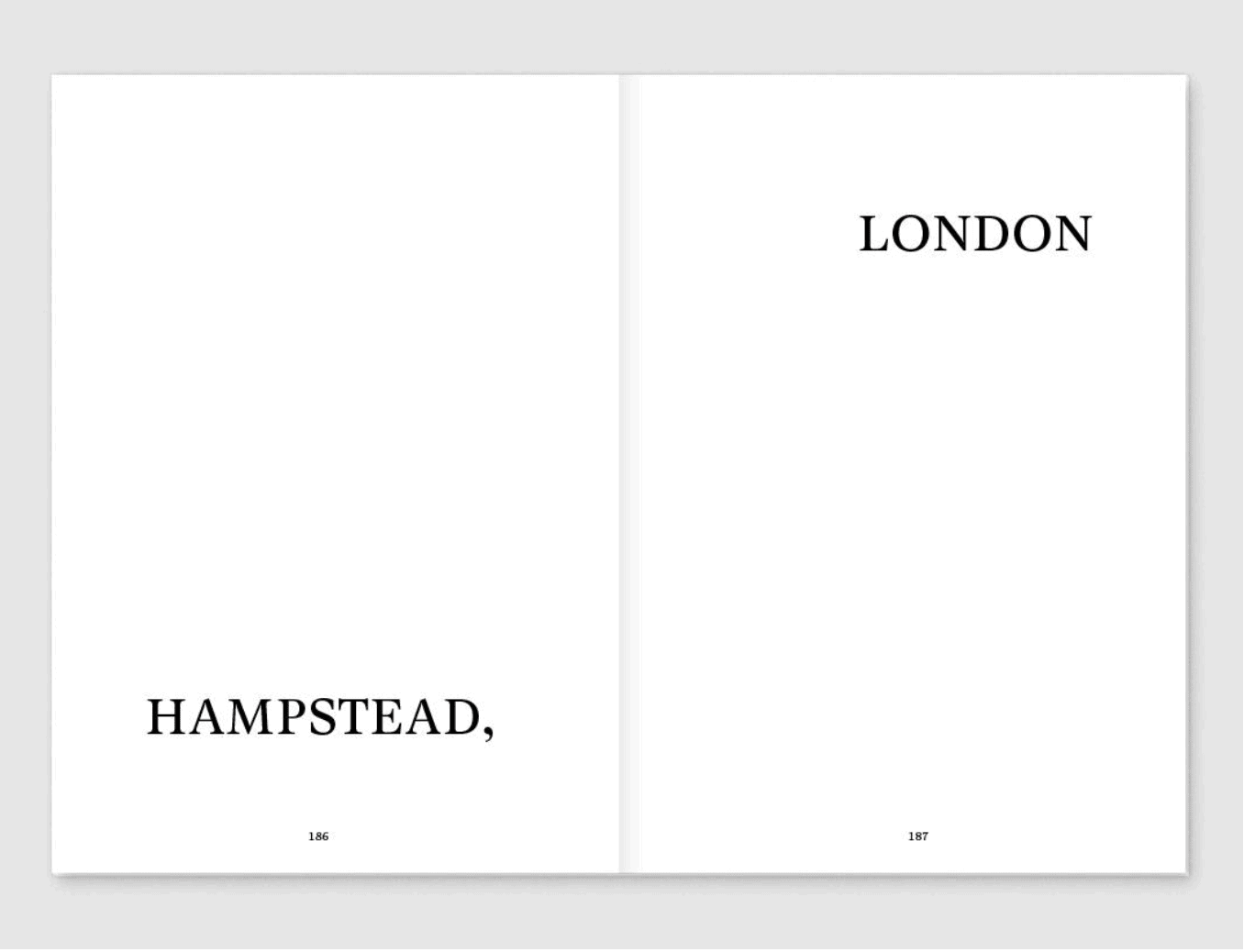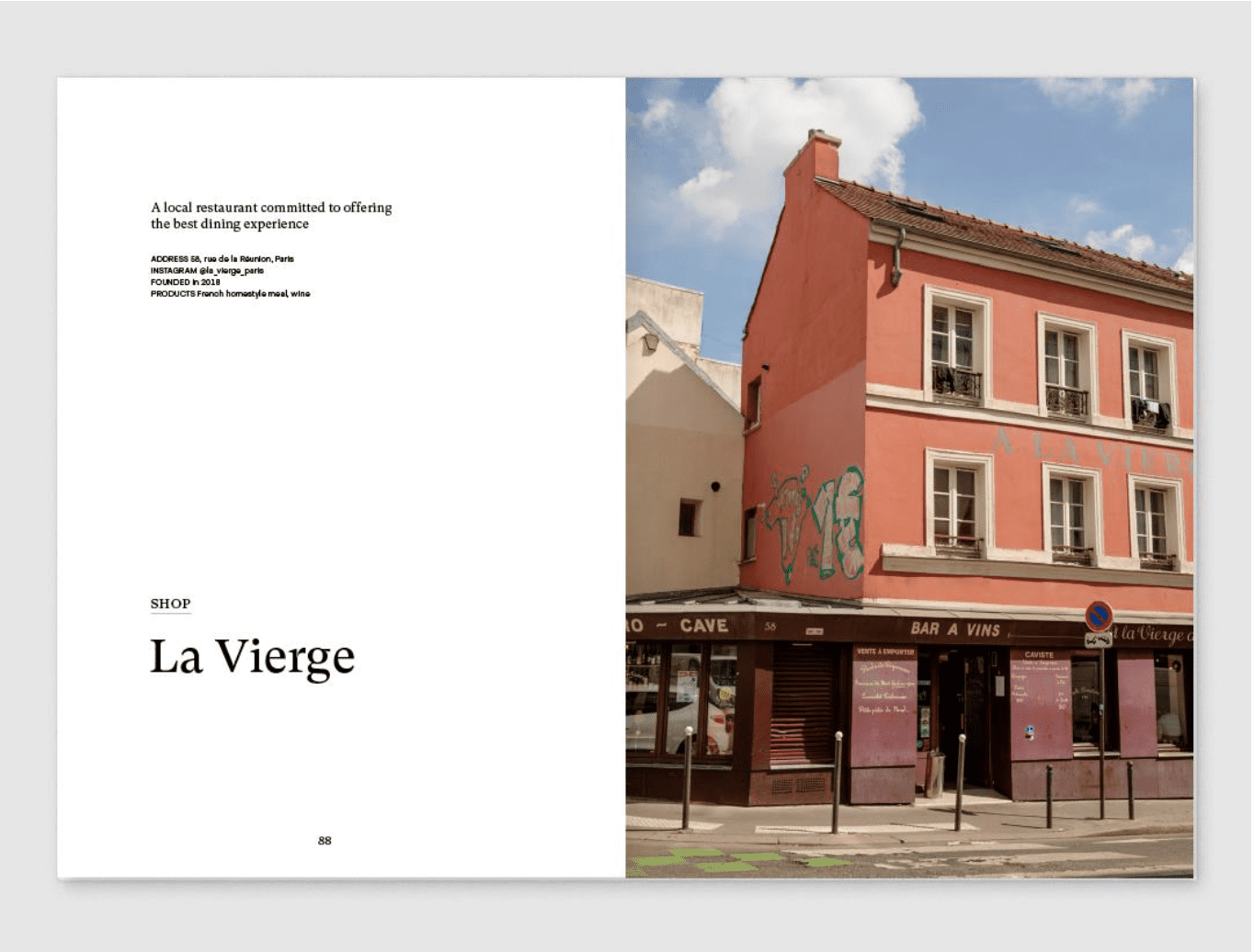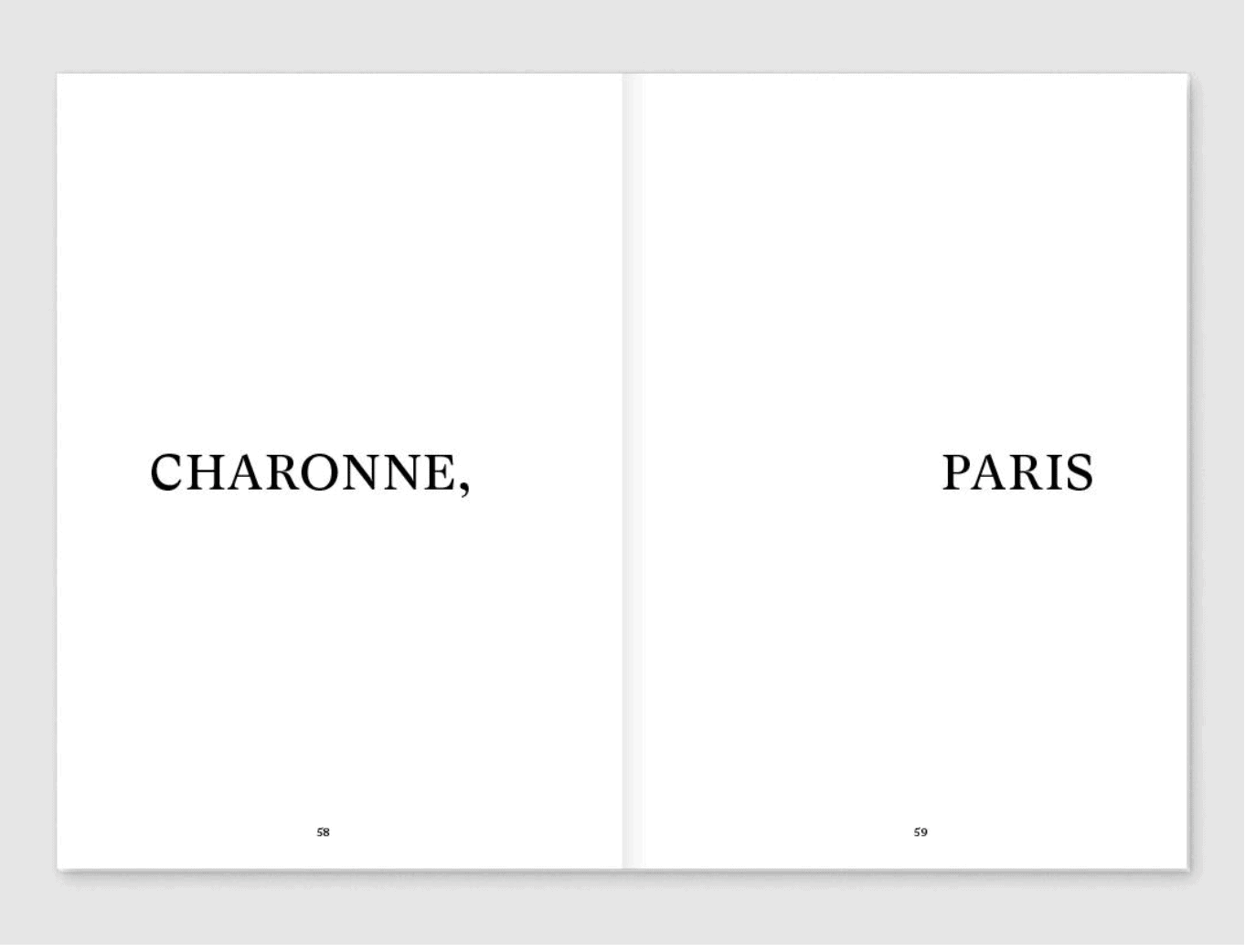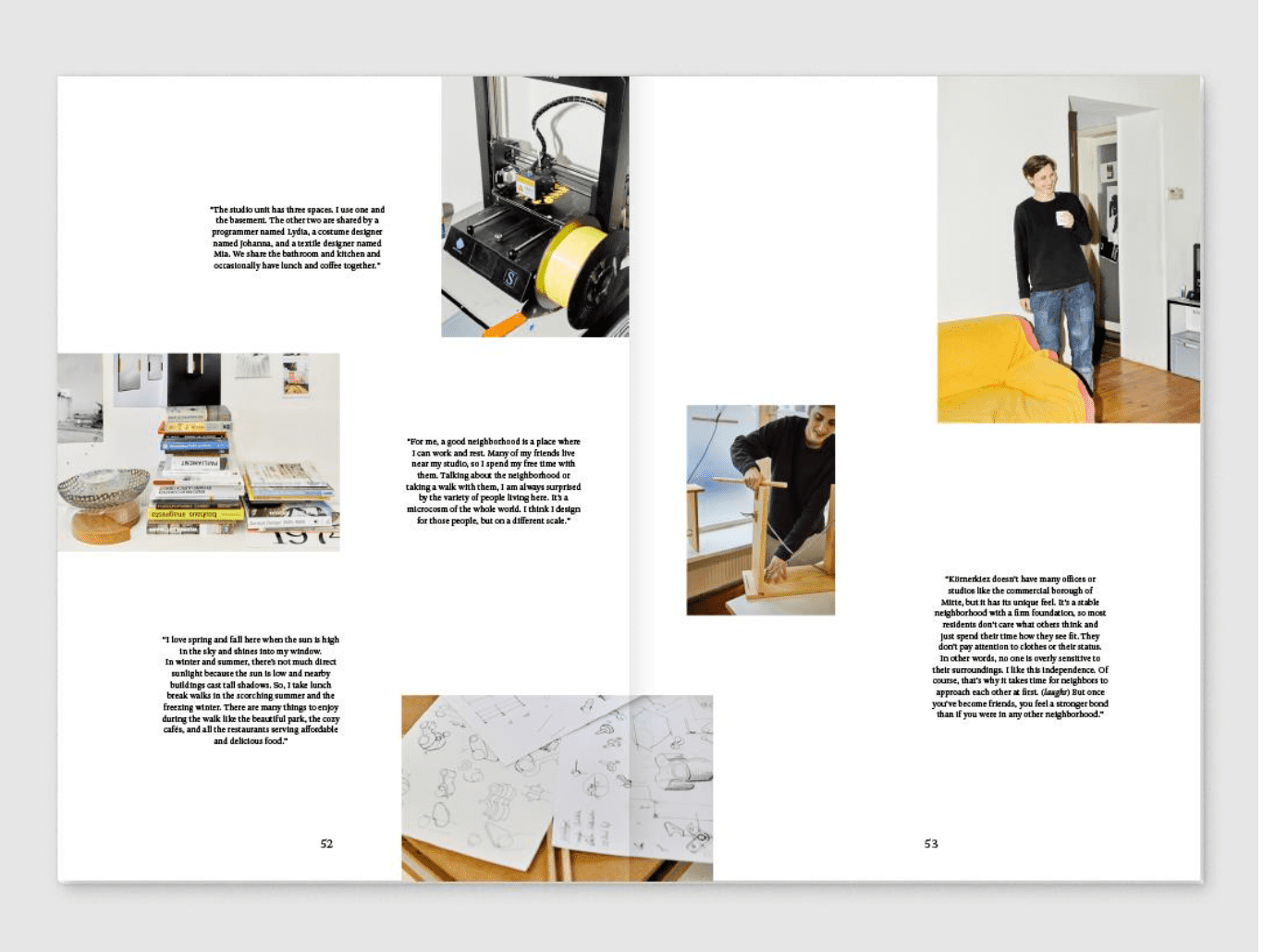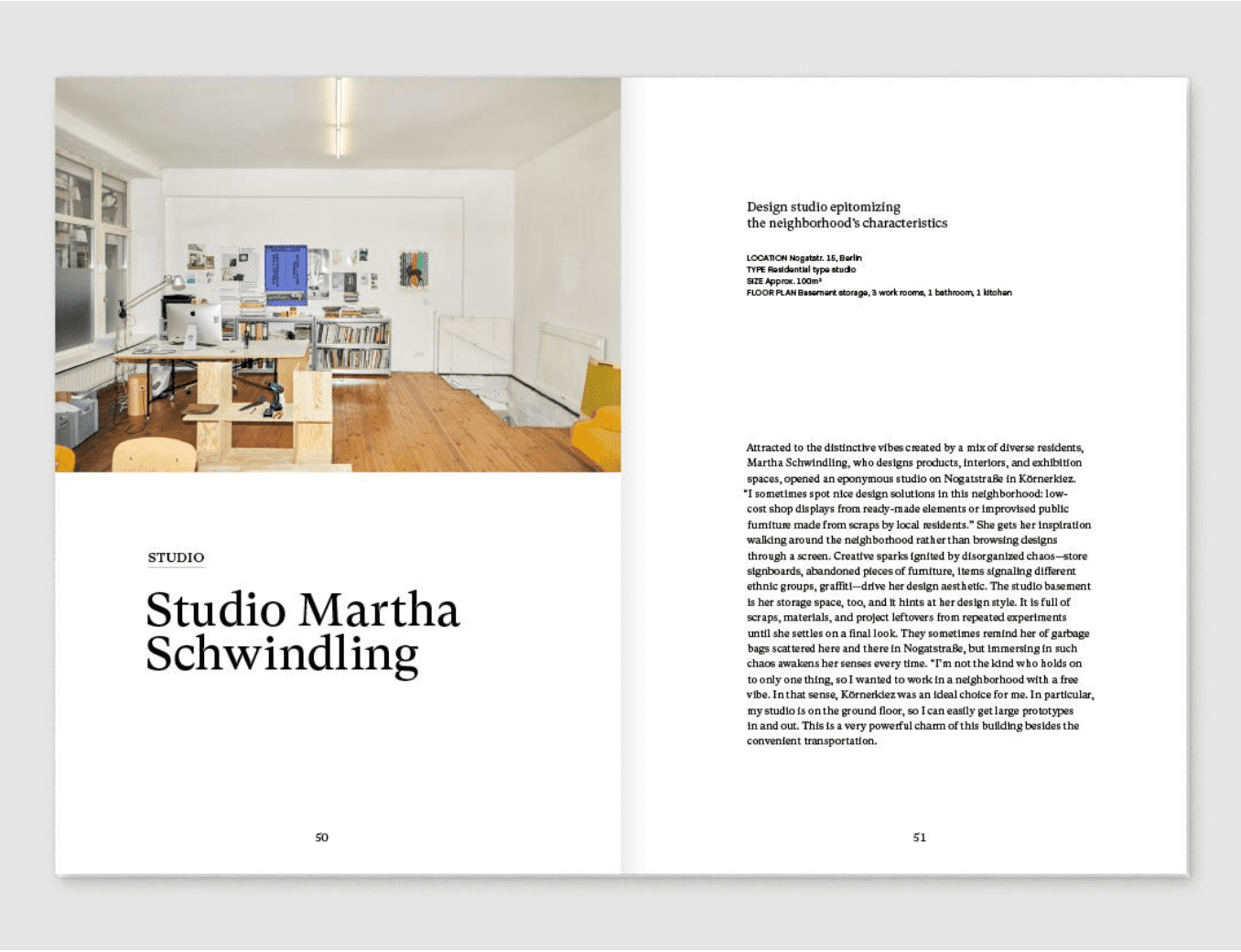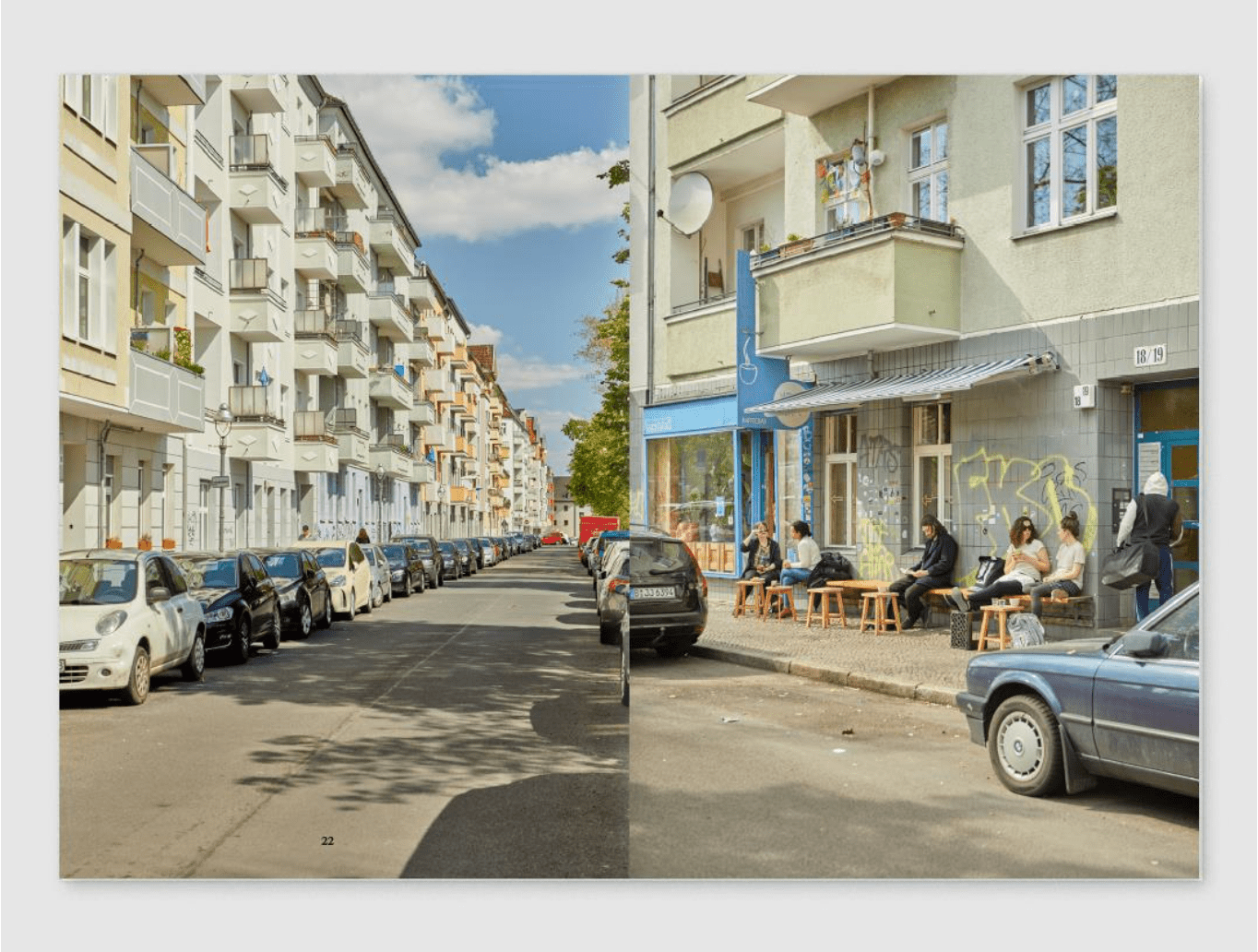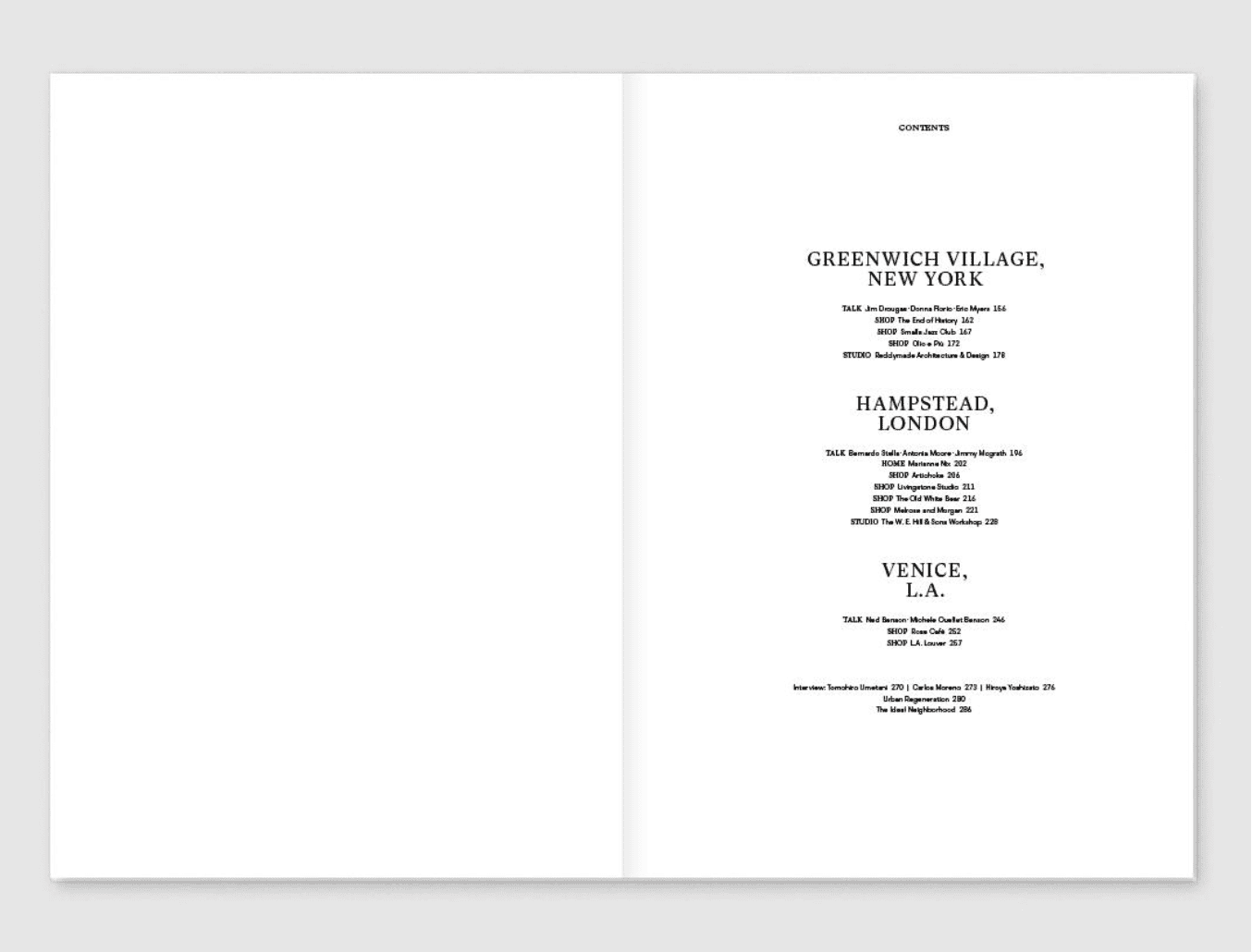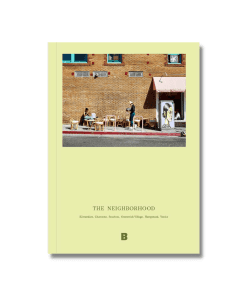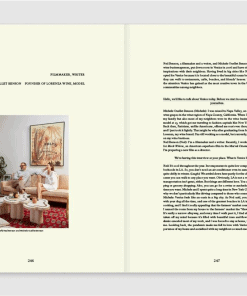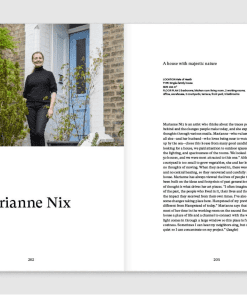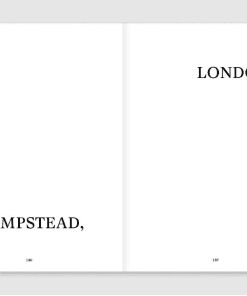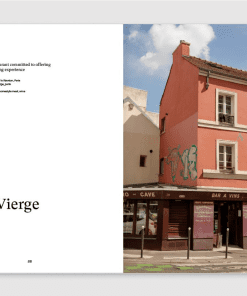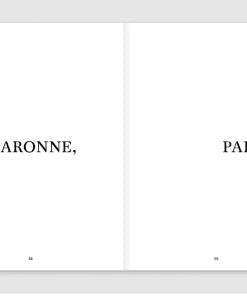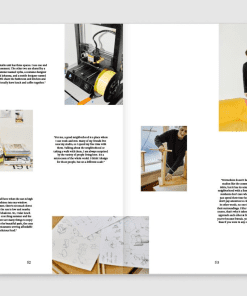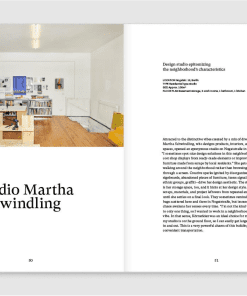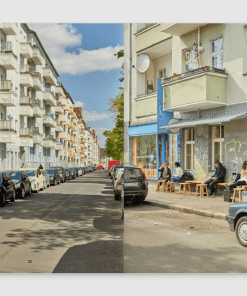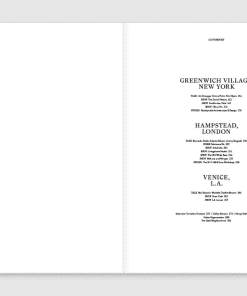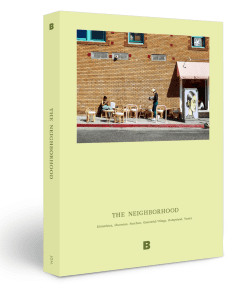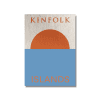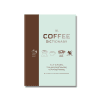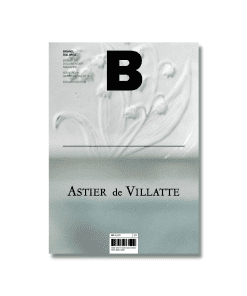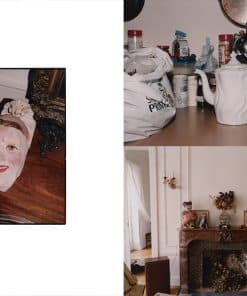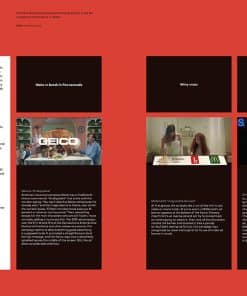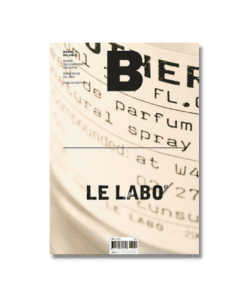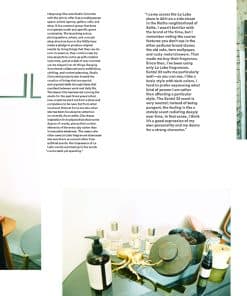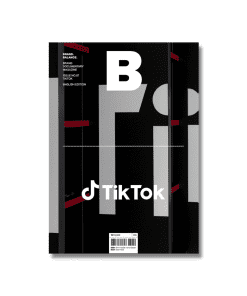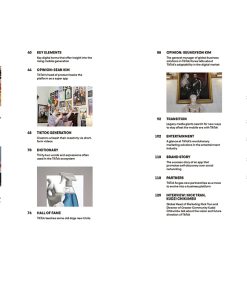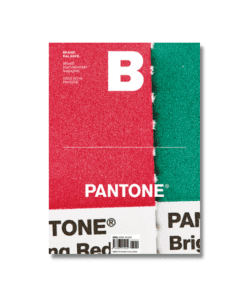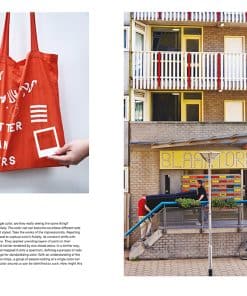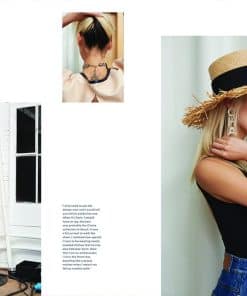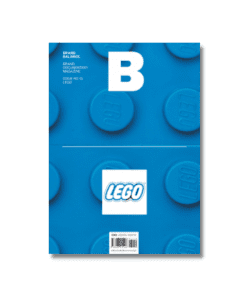THE NEIGHBORHOOD
550.000₫
- Date of Publication | September 16, 2022
- Pages | 296
- Size | 170x240mm
- Publisher | B Media Company
- Category | Magazine > Living / Lifestyle I
- SBN 979-11-9797-572-1
Cho phép đặt hàng trước
■ About the Publisher
Amid the waves of numerous brands sweeping the globe, B shares its perspective on well-balanced brands and uses print media to demonstrate the timeless values of individual brands. Defining a well- balanced brand by four standards—beauty, practicality, price, and philosophy—B offers unique insights and in-depth analysis of one well- balanced brand in one issue. https://en.magazine-b.co.kr/
■ About the Book
The word “neighborhood” seems to have a warmth to it, especially when the context does not relate to the dictionary definition but personal experience. Looking back, I think people feel positive and peaceful when thinking and talking about their neighborhoods. When I asked people around me, “What kind of neighborhood do you want to live in?” while getting ready to work on The Neighborhood, everyone seemed lost in their thoughts and had a smile on their face. In some ways, a neighborhood is more intimate than a home. We all need relationships that maintain some distance, too, because they give us a sense of stability. A neighborhood makes this possible. Sometimes you feel like you’re an outsider, and other times, you feel like you’re right where you belong. In modern society, your neighborhood could even feel like a second home.
At the same time, your neighborhood is integral in showing your direction in life. If you imagine your dream life, you’ll immediately picture what you want to do, who you want to do it with, and what kind of environment you want to be in. Of course, your imagination will help you visualize your dream neighborhood here, too. It may look like a travel destination, pleasant scene, or background you’ve seen in a movie. Most people’s idea of a pleasant-looking neighborhood usually includes low-rising houses, not-too- high fences, flower beds and gardens seen through fences, and walkable streets. There is no right answer, but I think the ideal neighborhood is close to a “human scale.” We are attracted to great local cafés and restaurants not only because of their originality but also because the small, intimate size ensures every visitor is treated as an
individual.
Körnerkiez in Berlin, Charonne in Paris, Seochon in Seoul, Greenwich Village in New York, Hampstead in London, and Venice in LA—all six neighborhoods introduced in The Neighborhood illustrate what I mean by “human scale,” which, I’ll add, is not limited to physical size. Neighborhoods with commercial districts that have grown uber big and famous can still have a small-town atmosphere and comfort residents psycho- logically and emotionally. In this regard, long-term locals in any
given neighborhood play a huge role in shaping the vibe. In fact, some locals we spoke to have seen so many changes, but they’ve steadily guided their neighborhoods like a lighthouse through it all.
While hearing intimate stories about each neighborhood, I also asked myself: “What kind of neighborhood do I want to live in?” I have yet to perfect my answer, but I think it’s somewhere not too far from a city center but is adequately shielded from the hustle and bustle of a vast city— maybe this is a niche that exists in a city somewhere. Many people are interested in improving their quality of life right now, rather than delaying any satisfaction. Through this issue, I hope that our readers can stop and think more seriously about their dream neighborhood and that they manifest that dream.
■ Preface : A conversation between Magazine B’s Editor-in-Chief Eunsung Park and publisher Suyong Joh (Preface / p.10)
Q. B has published The Neighborhood after The Home and The Shop. Looking at “The Series” trio, spurred by the COVID-19 pandemic, it seems like you wanted to talk about basic units that enrich our lives such as homes, commercial spaces, and neighborhoods. What does this series mean to you?
A. I think we were talking about space and what constitutes that space in The Home and The Shop. Many believe that space is about the building or interior design, but this series helps expand the concept of space to cover where we live, where we shop, and the neighborhoods where we live. The neighborhood in particular is like a final destination that describes a person’s own space given. Because we feel at home in our neighborhood even if we’re outside our own house or private space. You can have a similar experience while traveling. After staying three or four days in the same neighborhood, you get familiar with that place and feel almost at home to the point that you feel happy to return to it after visiting other remote spots. It’s interesting to feel that way even before you reach a temporary lodging or home. We kept this concept in our mind when we made Sounds Hannam, a cultural space and complex that combines residential and commercial areas. A neighborhood cannot be controlled entirely by a single person’s plan, of course, but I thought we could design a neighborhood on a very small scale.
Q. A neighborhood as a unit is very interesting. B often includes a city issue, but a neighborhood is smaller than a city yet still larger than a home or a commercial space. I think each person has a different definition of what a neighborhood is. How do you personally define it?
A. I think that a neighborhood has one of every type of shop necessary to sustain basic life. Maybe, like, a pharmacy, a convenience store, a bakery, and a café? I think this is an ideal set for a neighborhood. If there are too many businesses with the same function, it feels more like a city. For example, an area near a Korean subway station doesn’t feel like a neighborhood. But if you walk a few hundred meters away from the station, this area is what could be called a neighborhood from my point of view. So my definition of a neighborhood includes spaces where there’s a landmark café or bakery and no other real alternatives.
Q. Who do you think should be the leader in making a sound, livable neighborhood? And how?
A. I don’t think regulations or guidelines for building signs and screen fences on the municipal or provincial level make any neighborhood better. Instead of controlling and standardizing things, we need to find more reasonable solutions. In fact, I think individuals trying out something brave can make a difference. You see this in notable corners of Gangwon-do and Busan as well as Seongsu- dong, Seoul—if a brave person has a clear image of an ideal neighborhood, the energy slowly spreads like water on a piece of paper. Not just anyone can do this, but a determined person with a relaxed mind and a strong will can be a catalyst for natural waves of change.
| CONTENTS |
1. KÖRNERKIEZ, BERLIN
p24 TALK
Barbara Schünke · Alena Kühn
p30 HOME
Jutta Brennauer
p34 SHOP
Taktil – Bakery in Progress
p39 SHOP
Tamper Meets Jigger
p44 SHOP
Robinhood
p50 STUDIO
Studio Martha Schwindling
2. CHARONNE, PARIS
p68 TALK
Ariane Gaumont · Gregory Back
p74 HOME
Grégoire Dyer
p78 SHOP
La Flèche d’or
p84 SHOP
Tout Bon
p88 SHOP
La Vierge
p94 STUDIO
NeM Architectes
3. SEOCHON, SEOUL
p112 TALK
Hyunseok Kim · Bora Hong · Seungmo Seo
p118 HOME
Jungmin Son
p122 SHOP
mk2
p127 SHOP
Books & Cooks Duom
p132 SHOP
Irasun
p138 STUDIO
Mumokjeok·Movement Seoul
4. GREENWICH VILLAGE, NEW YORK
p156 TALK
Jim Drougas · Donna Florio · Eric Myers
p162 SHOP
The End of History
p167 SHOP
Smalls Jazz Club
p172 SHOP
Olio e Più
p178 STUDIO
Reddymade Architecture & Design
5. HAMPSTEAD, LONDON
p196 TALK
Bernardo Stella · Antonia Moore · Jimmy Mcgrath
p202 HOME
Marianne Nix
p206 SHOP
Artichoke
p211 SHOP
Livingstone Studio
p216 SHOP
The Old White Bear
p221 SHOP
Melrose and Morgan
p228 STUDIO
The W. E. Hill & Sons Workshop
6. VENICE, L.A.
p246 TALK
Ned Benson · Michele Ouellet Benson
p252 SHOP
Rose Café
p257 SHOP
L.A. Louver
7. INTERVIEW
p270 Tomohiro Umetani p273 Carlos Moreno p276 Hiroya Yoshizato
8. URBAN REGENERATION p280
9. THE IDEAL NEIGHBORHOOD p286
Sản phẩm tương tự
Danh mục theo chủ đề
📚 Có sẵn tại Sạp
Danh mục theo chủ đề
Danh mục theo chủ đề
Danh mục theo chủ đề
Danh mục theo chủ đề
Danh mục theo chủ đề
Danh mục theo chủ đề

